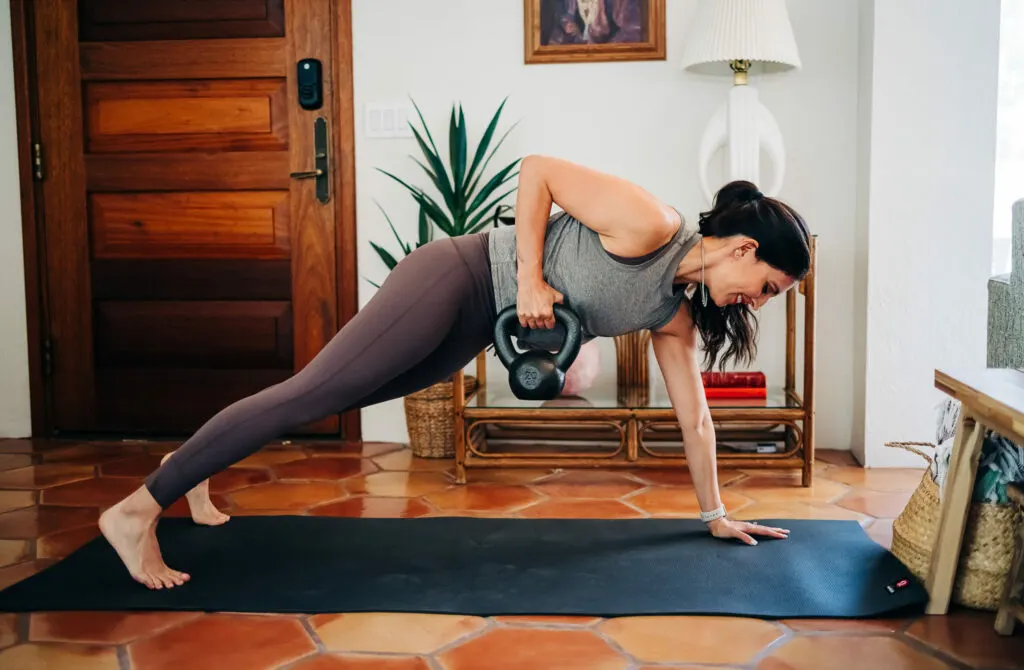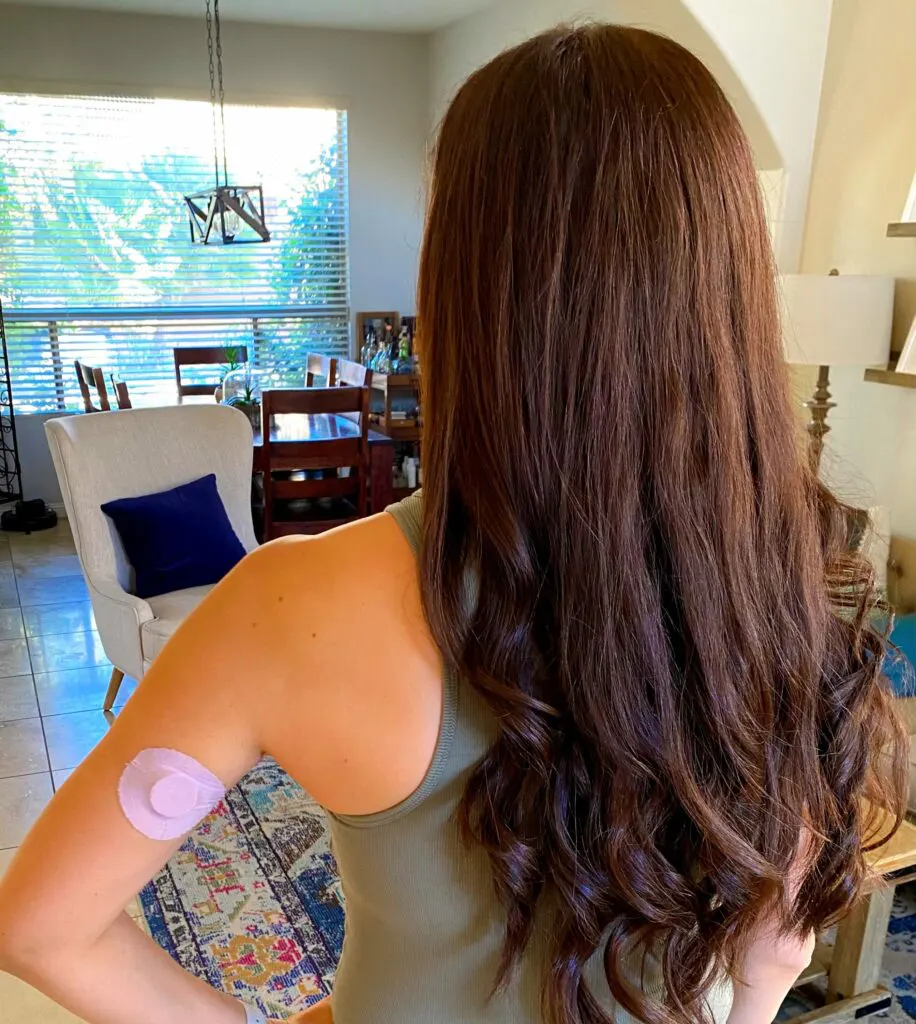What to track to improve biological age
Sharing some metrics you can track to help improve biological age.
Hi friends! How are you? I hope that you’re having a great day so far! It’s the kids’ last day of school (wahoo!!) and we have a movie date with friends, and a friend is coming to visit from out of town. I hope you have a wonderful day, too!
For today’s post, I wanted to share some of the things you could track over time to help improve biological age.
Biological age is different than our chronological age. It can give key insights into metabolic health, and how our body is aging and functioning over time. I’m usually diappointed in my biological age when I have it tested (you can read my experience here) but I’m SO thankful to be learning strategies in High Performance Health about things I can actually do about it!
From sleep patterns to physical fitness indicators, monitoring these factors can guide you toward improved decisions. Today, I wanted to chat about certain metrics to track and why they can be crucial for optimizing your biological age.
What to track to improve biological age?
Sleep Quality and Duration
Quality sleep is paramount for overall health and well-being. Tracking your sleep patterns, including duration and quality, can help identify areas for improvement and ensure you’re getting enough restorative rest each night. Aim for 7-9 hours of uninterrupted sleep to support optimal biological function. I love to use my Oura ring to track sleep.
Daily Steps and Physical Activity
Monitoring your daily steps and overall physical activity levels provides valuable insight into your movement patterns and helps ensure you’re meeting recommended activity guidelines. Aim for at least 8,000 – 10,000 steps per day and incorporate regular exercise to support cardiovascular health, maintain muscle mass, and boost metabolism. If 8,000 is a huge stretch goal right now, add in steps each day until you can get closer to this amount.
Weight and BMI
Maintaining a healthy weight and body mass index (BMI) is essential for reducing the risk of chronic diseases such as heart disease and diabetes. Tracking changes in weight and BMI can help you gauge progress toward your health goals and identify areas for improvement. While this only tells a small portion of the picture, it can be helpful to monitor for trends.
Waist-to-Hip Ratio
Waist-to-hip ratio is a valuable indicator of central adiposity and overall health risk. Monitoring changes in waist-to-hip ratio can help assess abdominal fat distribution and identify potential health risks associated with visceral fat accumulation. For this, simply take the measurement of your waist, and divide by the measurement of your hips. For women, the goal is 0.80 or less and for men, it’s 0.95 or less.
Foundational Exercise Movements
Incorporating foundational exercise movements such as bench press, barbell squats, deadlifts, push-ups, chin-ups, and planks into your fitness routine helps build strength, improve muscular endurance, and enhance overall functional fitness. Tracking progress in these key movements can guide your strength training program and ensure balanced muscular development.
Grip Strength
Grip strength is a reliable indicator of overall muscle strength and functional capacity. You can read more about the importance of grip strength here. Tracking changes in grip strength over time can help assess muscle function, identify weaknesses, and monitor progress in strength training programs. Here is something you can use to monitor grip strength.
Heart Rate Variability (HRV)
Heart rate variability (HRV) is a measure of the variation in time intervals between consecutive heartbeats and provides valuable insight into autonomic nervous system function and overall health. Monitoring HRV can help assess stress levels, recovery status, and cardiovascular health.
Blood Glucose Levels
Maintaining stable blood glucose levels is essential for optimal metabolic health and overall well-being. Tracking blood glucose levels, especially in response to dietary changes and physical activity, can help identify potential insulin resistance and metabolic dysfunction. If you’re curious about trying a CGM (continuous glucose monitor), I highly recommend Nutrisense! You can check it out here and use the code GINA50.
Incorporating these key metrics into your health monitoring routine can provide valuable insights into your biological age and help guide lifestyle modifications to optimize health and well-being. I’m a huge fan of any steps toward improving overall health and longevity. I’ll be tracking these things myself and am crossing my fingers that I finally get an improved result this year.
xoxo
Gina


















